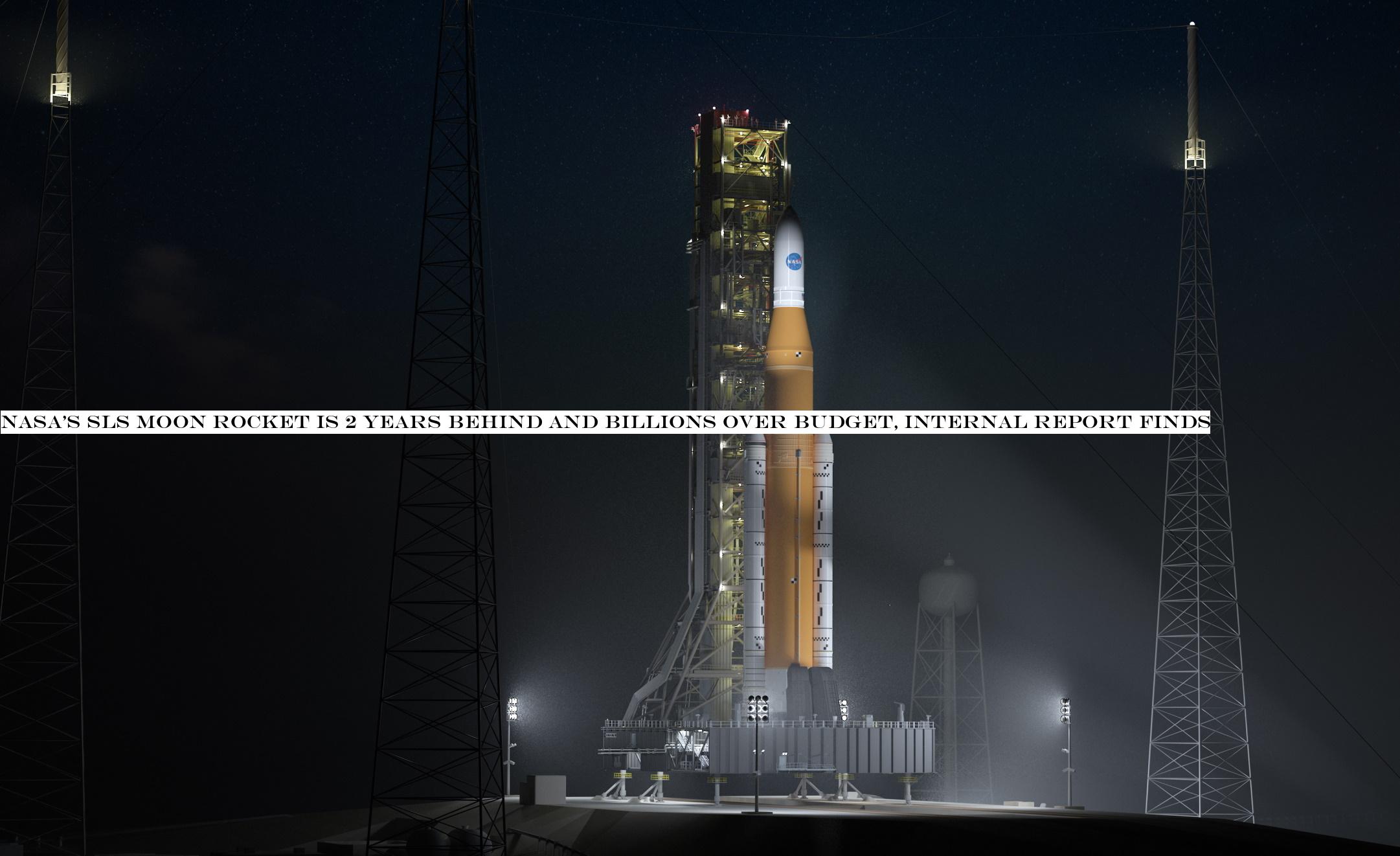INSUBCONTINENT EXCLUSIVE:
NASA ambitious plan to put boots on the Moon in 2024 is looking increasingly costly — and increasingly unlikely — if the current cost
overruns and delays are any indication, according to a report by the agency Office of the Inspector General.
NASA continued struggle with
managing SLS Program costs and schedule has the potential to impact the Agency ambitious goals for the Artemis program,& reads the report
&Each of the major element contracts for developing and building the SLS for Artemis I—Stages, ICPS, Boosters, RS-25 Adaptation, and RS-25
Restart—have experienced numerous technical challenges, performance issues, and requirement changes that have resulted in $2 billion of
cost overruns and increases and at least 2 years of schedule delays.
That doesn''t mean that the 2024 date has slipped to 2026, of course
— the delays are in the creation of the first, test version of the Space Launch System, the next-generation heavy-lift launch vehicle NASA
intends to use for the crewed Artemis missions
That first launch is currently estimated to take place sometime in spring of 2021 — more than two years after the original estimate.
NASA
Space Launch System passes key milestone for Moon mission
To put those delays in perspective, the SLS program really started back in 2010,
with the design stage concluding in 2014 and contracts for testing and manufacturing being awarded after that
Dates as early as 2016 were floated for SLS readiness, but NASA eventually officially committed to late 2018
But that has slipped several times, most recently in January, when NASA said that launch in November of this year was no longer
tenable.
What more, these extensions and difficulties (some at NASA, some at contractors and subcontractors) have complicated finances and
caused the program to blow past its original budget
Part of this is simply in how it reported, but it also means that what has been accomplished has cost more than expected.
As the report
states: &Overall, by the end of fiscal year 2020, NASA will have spent more than $17 billion on the SLS Program—including almost $6
billion not tracked or reported as part of the ABC.& That the Agency Baseline Commitment, essentially what NASA told Congress it would do in
order to get this funding secured.
2021 NASA budget request includes $3.3B for human lunar landers, $430M for Moon resource development
It
should surprise no one that a major endeavor like accelerating a Moon landing program is more difficult and expensive than first suspected
And ultimately what matters for Artemis is that the United States return to the Moon — ''to stay,& as Administrator Jim Bridenstine is
fond of saying — safely and in good time
The 2024 goal is an arbitrary one and no engineer or astronaut is going to rush the project in order to satisfy a political agenda — not
when lives are at stake.
The Office of the Inspector General makes a few suggestions as to how to better track spending and keep NASA and
its contractors accountable for time and spending
But the repeated warnings of delays seem to indicate, if never to actually state, that the goal of getting to the Moon in 2024 is only a few
months of delays away from being no longer possible.

